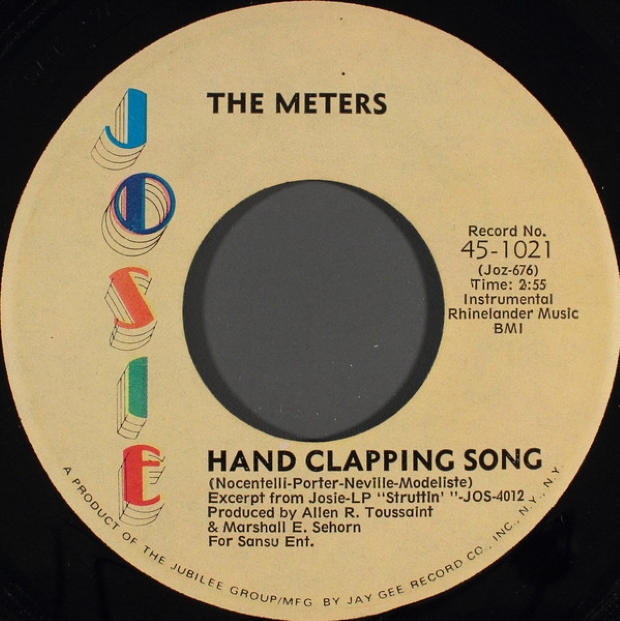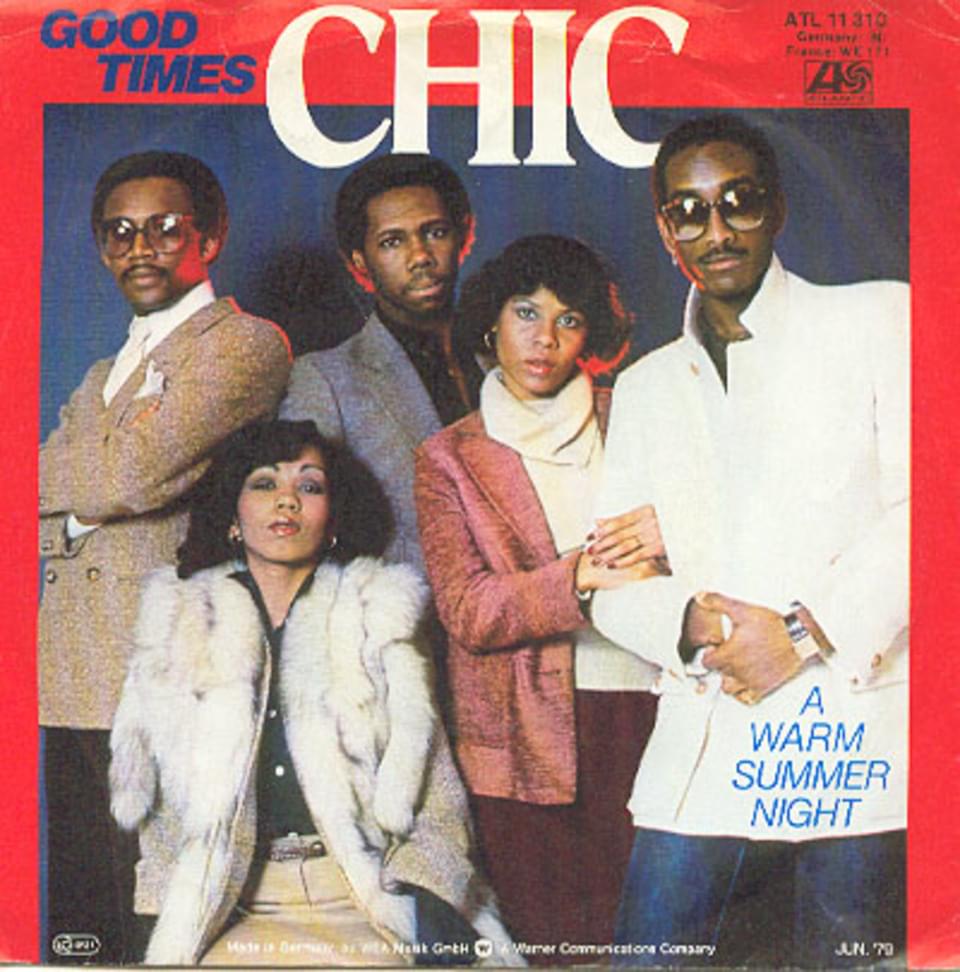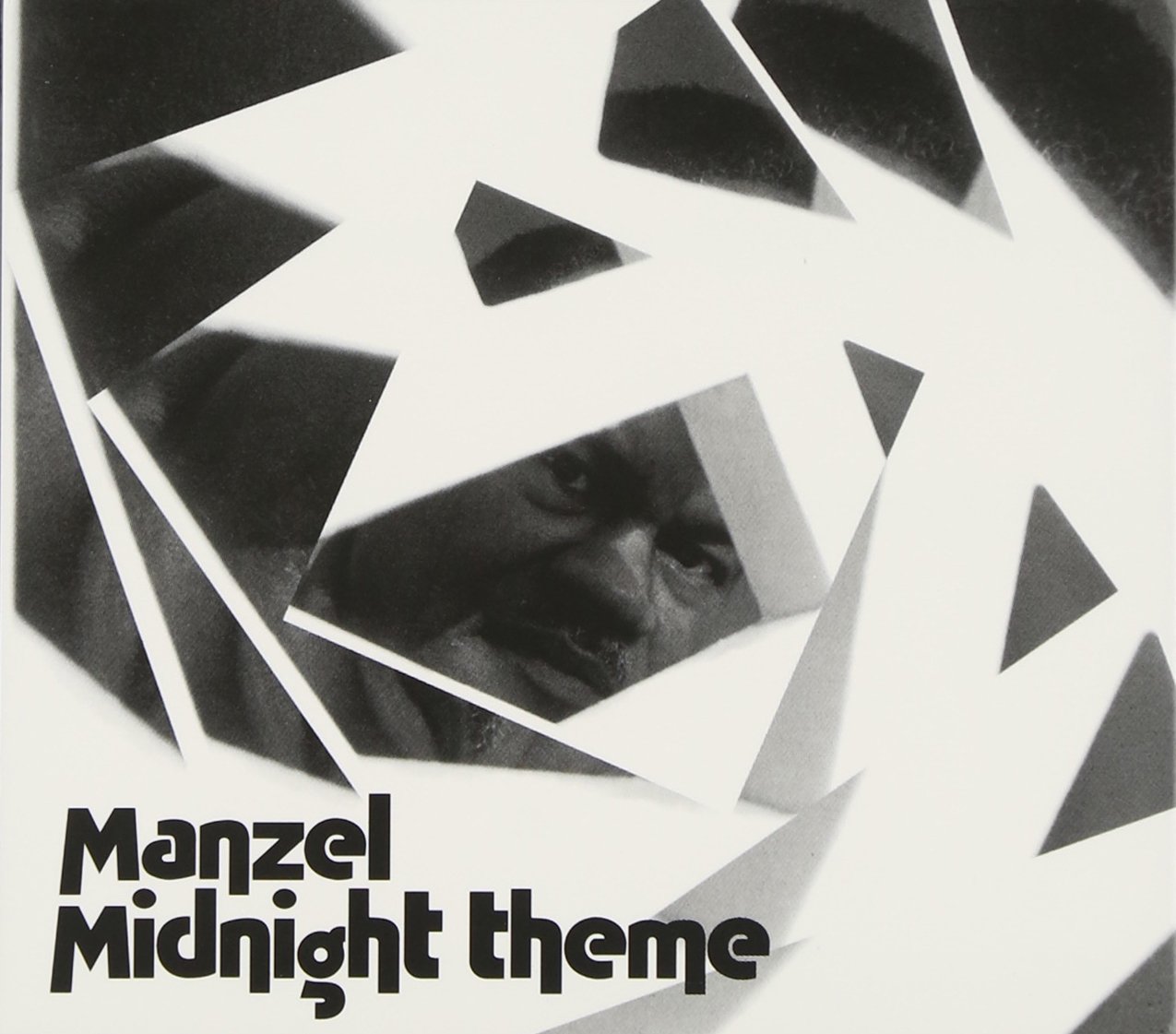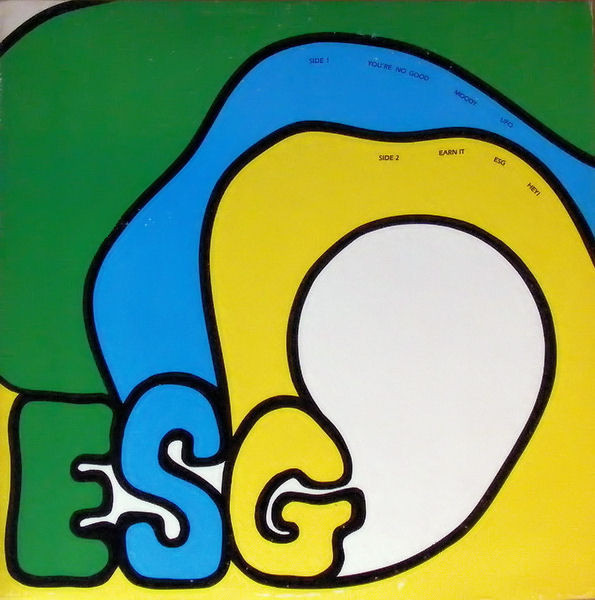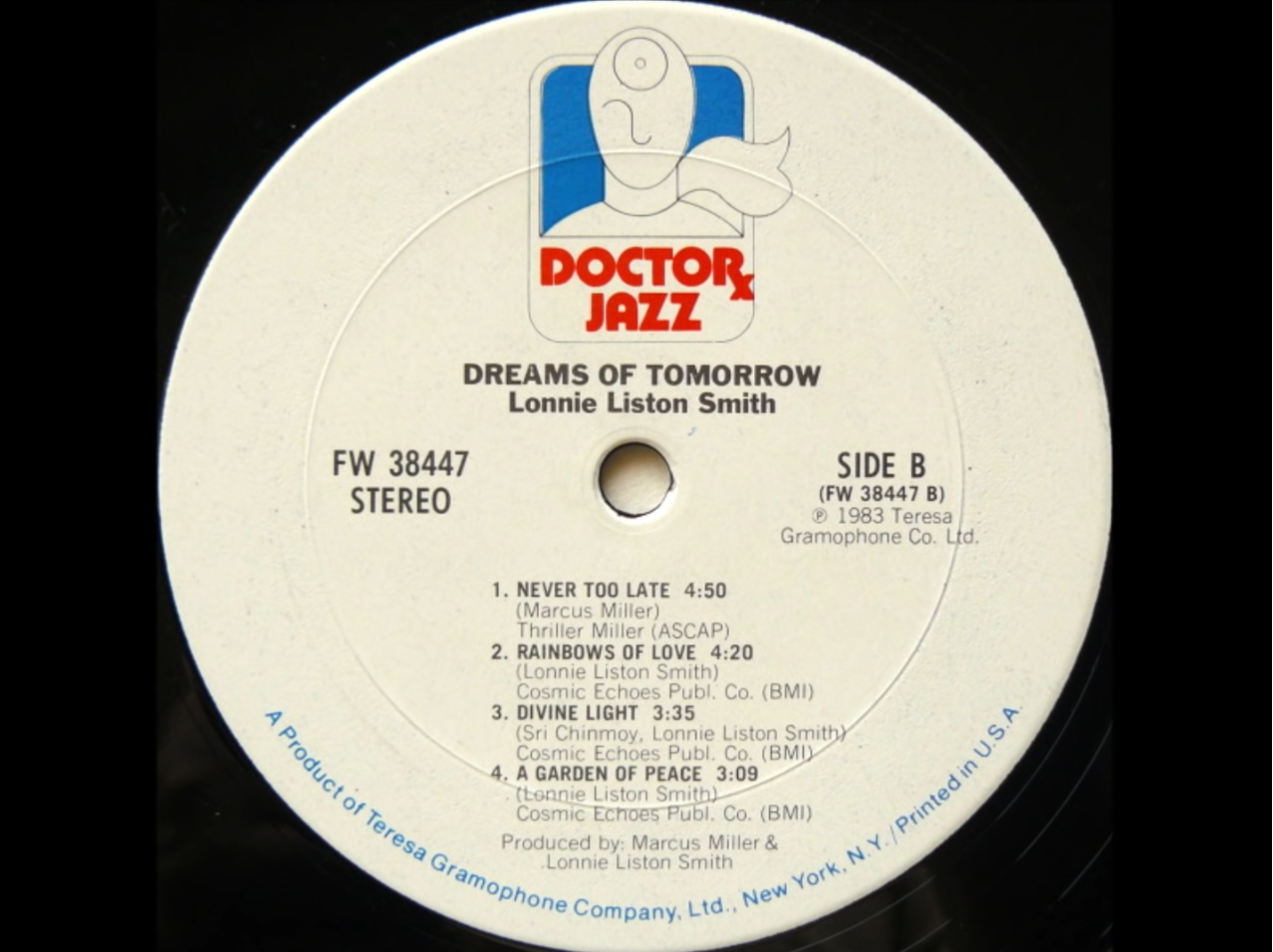Steve Miller, one of the real majordomos of '70s rock and a far stranger artist than he's traditionally gotten credit for, turns 75 today. His big hits were inescapable when there was such a thing as a nostalgia monoculture; when the Classic Rock radio format first emerged in the '80s, Steve Miller Band took the ball (and the money) and ran with it. It got to the point where nearly everything that appeared on Greatest Hits 1974–78 from "Swingtown" to "The Joker" and all the Fly Like An Eagle and Book Of Dreams cuts in between embedded his songs so deeply in American pop culture that you'd need tweezers, a scalpel, and a really steady hand just to pull them out.
Whether you think "Jet Airliner" and "Rock'n Me" are any good or not, they're an immutable fact of rock, full stop. But Miller's pre-megafame hits and deep cuts of the late '60s and early '70s, from the Paul McCartney-featuring "My Dark Hour" to the horror-struck late psych of 1970's "Jackson-Kent Blues" to the 1972 orchestral soul-rock lament "Journey From Eden," stand out as underplayed career high points -- as does 1981's unfeasibly funky "Macho City," which deserves props just for the chutzpah move of being a sidelong dance track released by a veteran rock'n'roll warhorse two years after Disco Demolition Night.
But my favorite Steve Miller Band cut -- and a lot of other people's favorite -- is "Fly Like An Eagle," one of those omnipresent super-hits. Granted, it never hit #1; it peaked at #2 as a single in 1977, held back only by (how's this for a funny intersection of timeliness) Barbra Streisand's "Evergreen (Love Theme From A Star Is Born)."
"Fly Like An Eagle" works better as a four-minute-plus album cut than a three-minute 7", anyways; not saying this to be rockist or whatever, just that any version that gives the song enough room to really stretch out does it the most justice. There are a lot of wild little flourishes all over the song, and since sample culture is all about taking flourishes and making them strong enough to carry an entire track -- or at least add an additional dimension to a beat -- "Fly Like An Eagle" has laced a lot of hip-hop and club tracks. "Take The Money And Run" might've gotten the Ultimate Breaks & Beats spotlight, but "Fly Like An Eagle" is the Steve Miller Band's finest intersection with sample culture, and here's a few reasons why.
The Original: The Steve Miller Band, "Fly Like An Eagle" (from Fly Like An Eagle, Capitol, 1976)
What strikes me above everything else revisiting this song is that it seems to personify this strange rootlessness of where rock veterans who came up in the '60s were circa 1976: Everything took more polish, more flash, more money, and the punks were starting to come out of the woodwork demanding something better (or at least weirder), but you could still make the labels happy and move units in suburbia while still essentially making music to get high as shit to.
It helps if you don't cling too desperately to the idea of narrowcasting as legitimacy. "Fly Like An Eagle" is one of those songs that defies the era's genre norms, with a groove just deep enough for funk and some of the best space-age synthesizer/organ noodling ever heard outside a prog rock workout. And as Seal proved 20 years later, it doesn't take a lot of tweaking to make for an excellent R&B track, though getting D'Angelo to play keyboards probably helps.
But back to the original: it's got this mood of easygoing cool that comes through in the breezy vibe of the instrumentation and Miller's pop-perfect bong-hit hook "tick tock, doot doot-doot-do-do," but it's also agitating for something better in the face of a late '70s complacency -- not punk by a longshot, but at least its 1973 origins as a War-esque cry against poverty and Native American mistreatment carried through to the more famous rendition.
That's a neat bit of push-pull there, though if I slip up and let my cynicism take the stand it risks sounding like one of those scenarios where you sit around thinking "that sucks, something's gotta be done" and then not doing anything -- "there's a solution," Miller sings, but in a sense that he knows there is one but damned if he can figure out what. Hopeful yet not entirely confident that hope is something that can be easily acted upon, so to speak. Heavy shit, huh? Special acknowledgement to Lonnie Turner holding it down on the bass, Joachim Young's choppy, shivery performance on the Hammond B3, and Gary Mallaber killing it on the drums; they're the reason I keep thinking "this would segue great into something by The Meters on a playlist."
The First Sample: Biz Markie Feat. T.J. Swan, "Nobody Beats the Biz" (from Prism, 1987; later appeared on Goin' Off, 1988)
WhoSampled states that there are a couple tracks from '87 that sampled "Fly Like An Eagle," but I figure in the event of a tie, points go to Marley Marl -- as usual, one of the first to figure out the real weight and strength of a break in the context of early sampling and one of the best to build a beat out of it, before or since. While the main drum break comes from cratedigger goldmine Lafayette Afro Rock Band and their track "Hihache," "Fly Like An Eagle" jumps right out on top of it, too. Marl has a sharp DJ sense of when and how to parcel out the "Fly Like An Eagle" break, familiar as it is in the pop-hit lexicon: starting out as just brief snatches of organ before introducing the "doot-doot-do-do" portion of the hook partway through Biz's first verse.
It's almost like a music-geek setup/punchline dynamic: where's that B3 from? Oh, right. And then a larger portion of the sample emerges in the second verse, the organ riff and the full vocal hook -- only to be truncated in subsequent loops, like it's tricking you into filling the rest of the break in with your mind. It's only on the third verse that Marl uses the entire Miller hook as a loop throughout -- it's like he was fucking with us somehow.
The Early Sample: EPMD, "You're A Customer" (from Strictly Business, Fresh/Sleeping Bag Records, 1988)
You know who really liked sampling "Fly Like An Eagle"? EPMD. They liked the hell out of it. But pretty much just the vocal hooks, really: first it was "time keeps on slippin' slippin' slippin'," used on "You're A Customer," thena chopped-up "f-f-fly like an eagle" for a remix of "Get Off The Bandwagon," the same chorus that Erick Sermon hilariously used as a goofily-sung interpolation in "Total Kaos," before going back to the "time keeps on slippin'" well for a brief cameo in "Hit Squad Heist".
That was just in the span of two years and three albums, and doesn't even count Sermon doing another sung "fly like an eagle" riff on "Mad Flavaz," a 1993 single he produced and guested on for Atlanta-based obscurities Shadz Of Lingo. Did Miller ever notice this? Did Capitol keep calling him up and saying "yeah, Erick Sermon wants to clear this sample again" and Miller kept going "sure, go for it" because he secretly is super into "You Gots To Chill"?
The Breakthrough Sample: Pete Rock & C.L. Smooth Feat. Rob-O & Deda, "In The Flesh" (from The Main Ingredient, Elektra, 1994)
It's been over 30 years since "Nobody Beats The Biz," and interpolating or sampling Miller's voice still far and away remains the most frequent usage of "Fly Like An Eagle." But when there's an exception, and the exception involves Pete Rock, watch the fuck out. The Main Ingredient came out in '94 as the second (and last) album Pete Rock put out with C.L. Smooth, and it would probably be the undisputed highlight of his production slate that year if it wasn't for this one beat he did for the debut album by some dude from Queens.
If you want to know just how many steps Pete Rock was ahead of most other producers, listen to what he does with "Fly Like An Eagle": OK, right, there's the obligatory vocal clip, "time" reverbed into King Tubby space, just a cameo of a sample that comes back during the scratch montage between verses. But then a few bars later, over the densely layered beat that rides primarily on a smoothly gliding George Benson loop, there's a fragment of that Joachim Young Hammond B3, emerging like a sudden, unexplainable chill the first time and settling into a brisk counter-melody as the verse goes on. And then every time each verse comes to its closing lines, Pete drops in a whiff of the "Space Intro" synthesizer that preceded "Fly Like An Eagle" on the titular LP as a kind of flourish that links the end of the previous verse to the beginning of the next.
Yeah, that's pretty wild. You know what else is wild? Where he got some of those drums. It's goddamned Breakception.
The Weirdo Sample: Slum Village, "Climax (Girl Shit)" (from Fantastic, Vol. 2, GoodVibe, 2000)
Dilla. It took me long enough to get to him, huh? There's a thousand reasons to dork out over his work, from hisconnections to countless icons of underground hip-hop and R&B to the notion that he never got as much credit as he deserved during his tragically cut-short lifetime -- the old story of the under-the-radar genius, the secret weapon beatmaker to the stars turned cult hero.
I could go on for a while, but let's just focus on this track for now: As a beat, it's a prototype for his characteristic Soulquarians-era productions, recorded in the late '90s but shelved temporarily when their label A&M got absorbed into Geffen/Interscope. That means it features the kind of crisp snares that have so little reverb it's like they're the exact counterpoint to gated drums, while the melodies on the verse (sourced from a Tomita synthesizer version of Debussy's "Clair de lune") are so smeared and gauzy they're more Brian Eno than Bernie Worrell. So when he brings the "Space Intro"/"Fly Like An Eagle" synthesizers in? Whoooooooosh.
Here's the thing, though: it might not be the weirdest thing Dilla's ever done, but given the context -- letting this space-synth ascend during the breathily-sung chorus of a track about trying to swing a threesome -- I now have to think about where "Fly Like An Eagle" fits in sex-rap terms, and that's kind of messed up.
The Recent Sample: MatthewDavid, "Slipppin'" (from Time Flying Beats, Leaving Records, 2018)
Wait: Time slipping into the future sounds goddamned existentially frightening. That might mostly count when it comes to actual chronological movement, but Brainfeeder alumnus/beat annihilator MatthewDavid has figured out that it can also be a harrowing prospect when it's applied to time signatures, so he rapidly processes that titular word through a Frankenstein's Monster of boomin'-system bass, stuttering breakcore, frantic trap, disoriented jungle, and various other successful efforts to find out exactly what the precise opposite vibe of "Fly Like An Eagle" actually is. The answer: getting caught in its talons.


